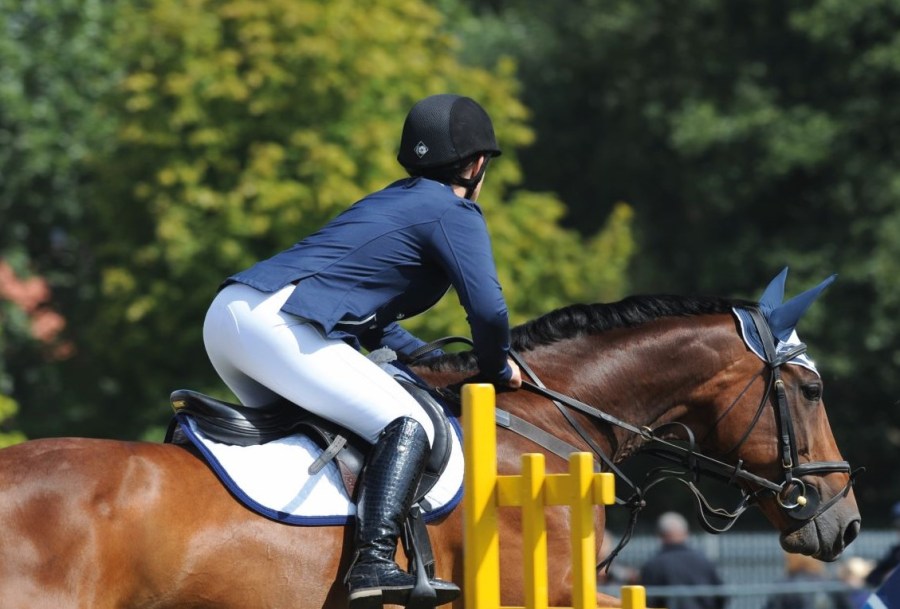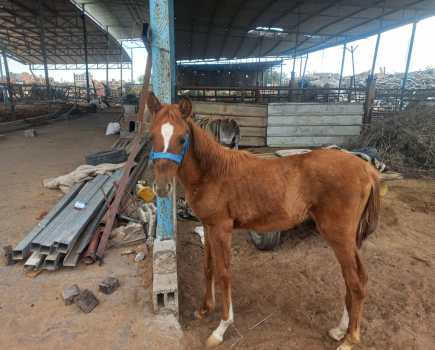A study has revealed that showjumping faults are not randomly distributed, but occur more frequently at certain types of fence, and according to their placement in the course.
The research analysed data of 144 riders and 222 horses in elite showjumping competitions in the first round and jump off. Combinations achieved a total of 9,114 jumping-efforts over 320 obstacles including oxers, oxers with water, triple bars, verticals, verticals with water and walls.
The overall fault rate, which included a fence down or refusal, was 7.85 percent. The probability increased with the rank of the fence in the course, and the highest probability of a fault was found on the vertical obstacle with water, while the lowest was on the triple bar and wall.
More faults were found on the fences within combinations in both rounds. The highest probability of faults was found on the first fence or second fence of the double combination compared to the least probability of faults on single obstacles.
Riders who completed more starts in previous competitions achieved a lower fault rate.
“Riders’ experience could be associated with a better estimation of jump effort and easier adaption to various courses of competitions, as well as with a better-balanced position during the jump compared to the less experienced riders,” said the researchers.
The probability of faults in jump off decreased with a higher speed but there was no significant correlation between the speed in jump off and first round in individual horses.
“Thus, high speed thus likely did not compromise precise jump estimation, and/or even enabled bigger jumps in the decisive phase of the competition,” said the researchers. “The relationship between overall speed and faults in jump offs is inherent to competition so that a better time results in a better final placing in the competition.
“Nevertheless, the speed during the competition is not constant, therefore, the overall speed does not necessarily correspond to the actual speed at the moment of approaching the obstacle. The speed may also differ in certain parts of the course due to the riding tactic or because of how the course of the ride goes. Detailed investigation of the speed throughout the ride should be addressed in the future.”
The research was conducted by Klára Ničová and Jitka Bartošová from the Czech Republic
Still beyond a chance: Distribution of faults in elite show-jumping horses can be read in full here.









